Shitsurindo and ZOZO NEXT Launched Collaborative Research on New Lacquer Techniques
KOGEI Topics VOL.19
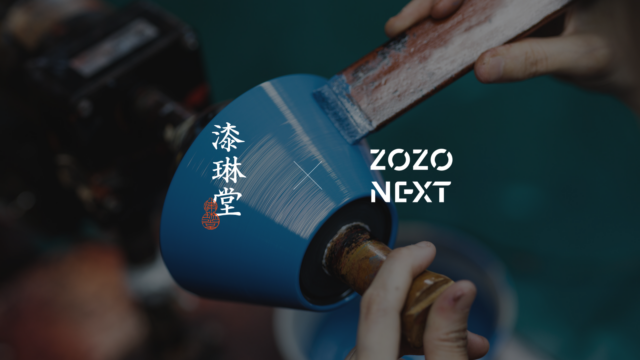

VOL.1-19
Update
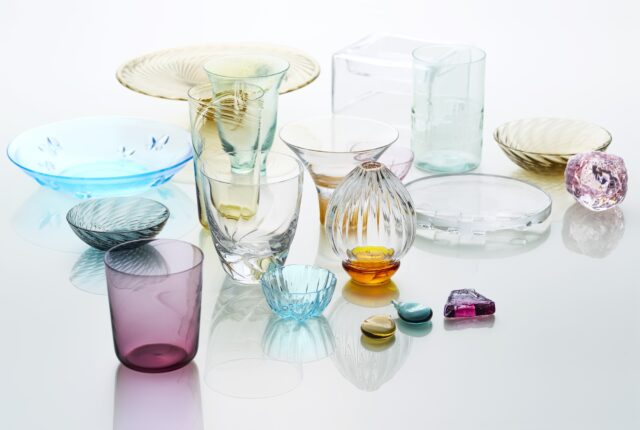
VOL.1-17
Update
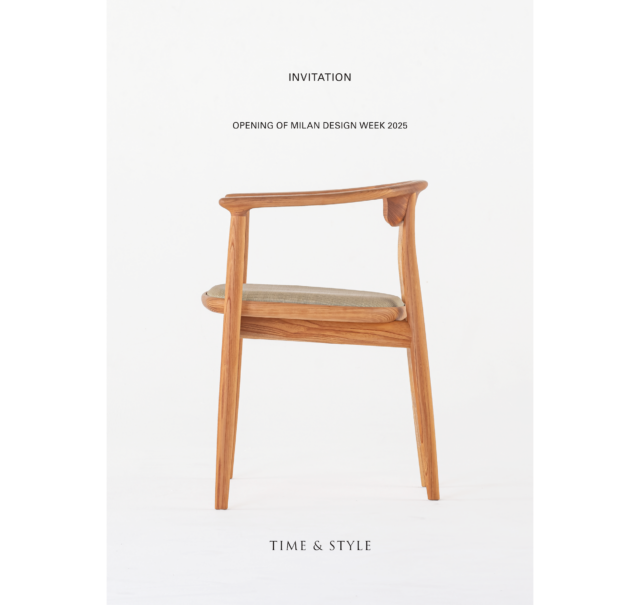
VOL.1-43
Update
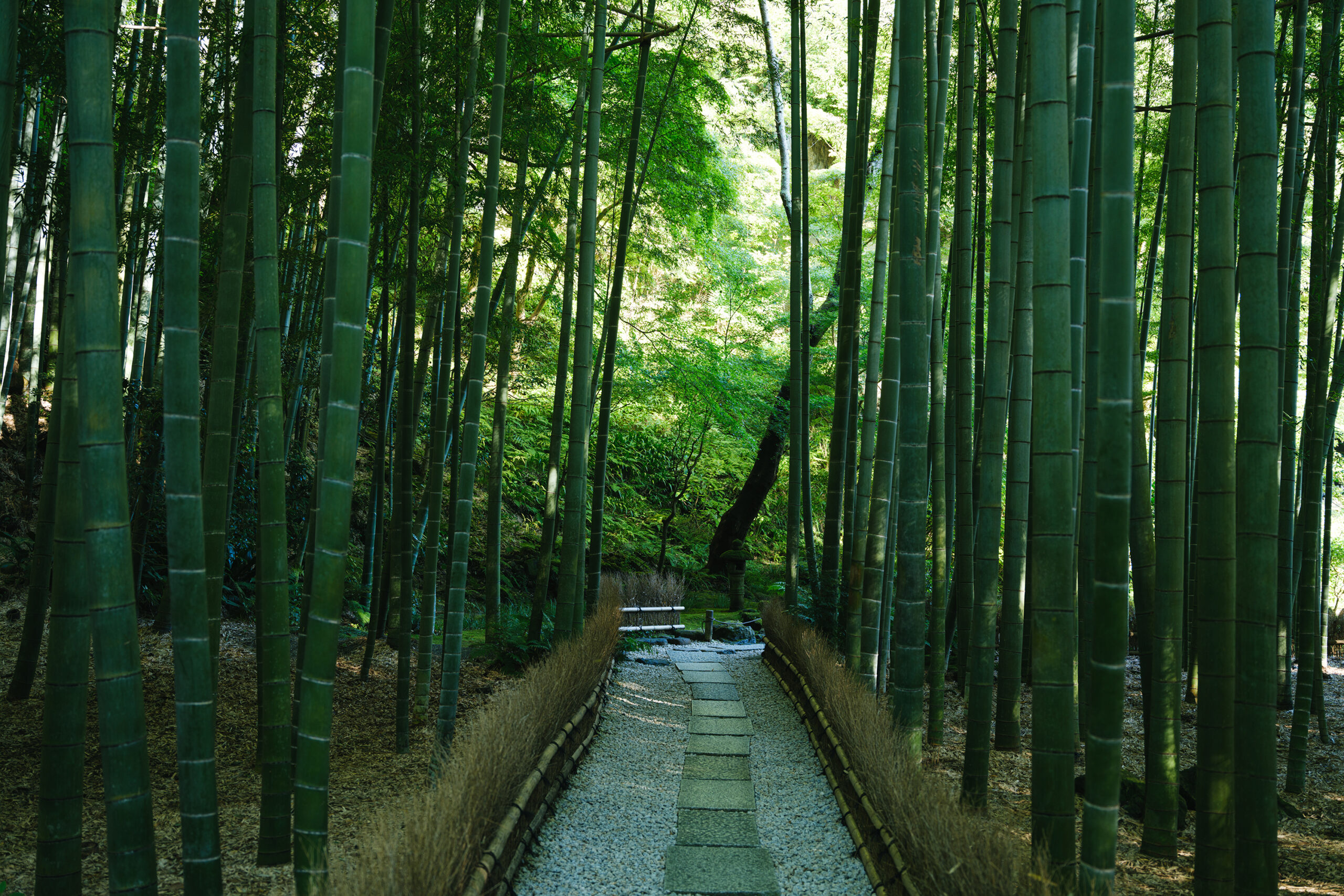
VOL.1-2
Update
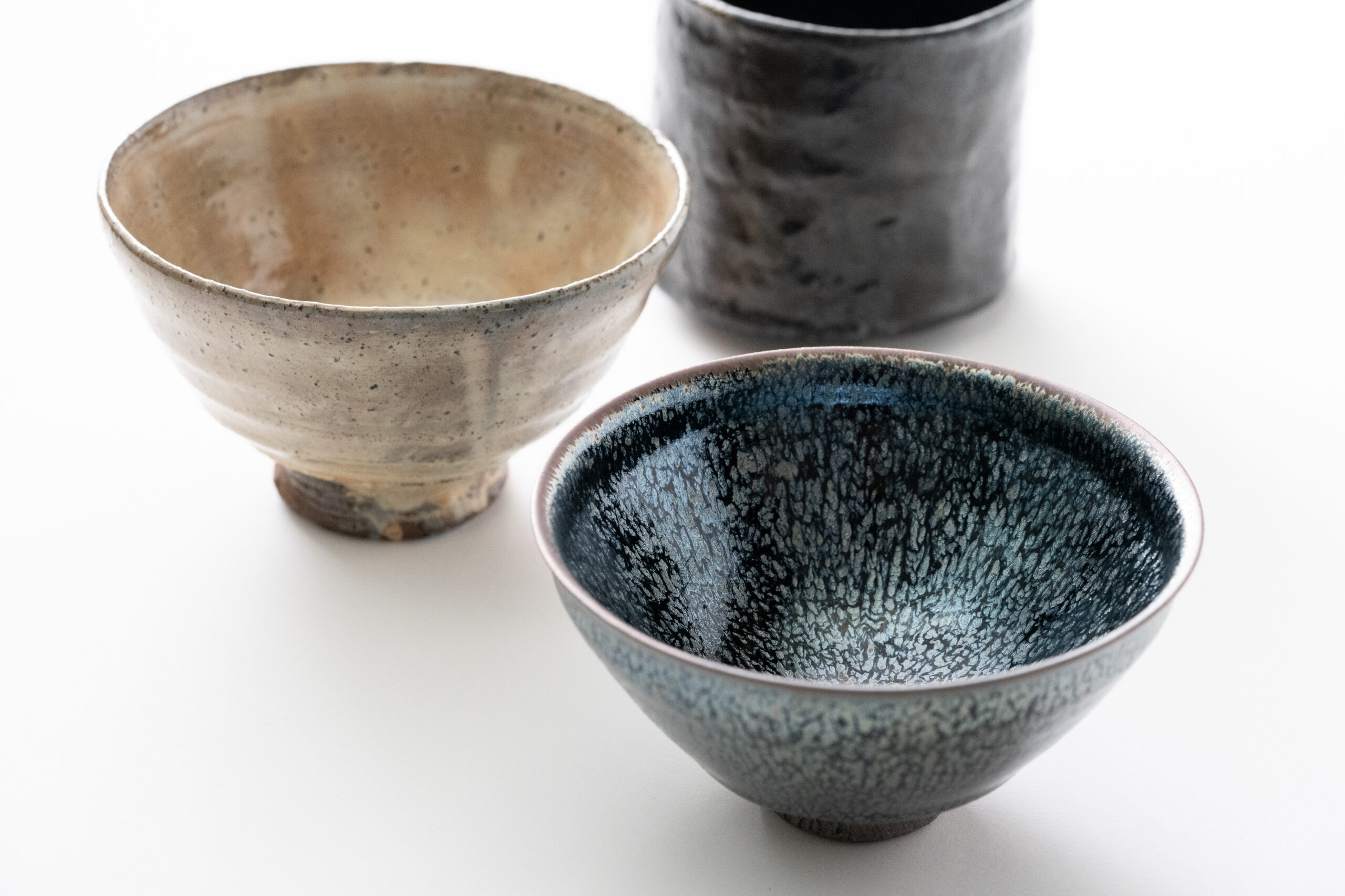
VOL.1-3
Update
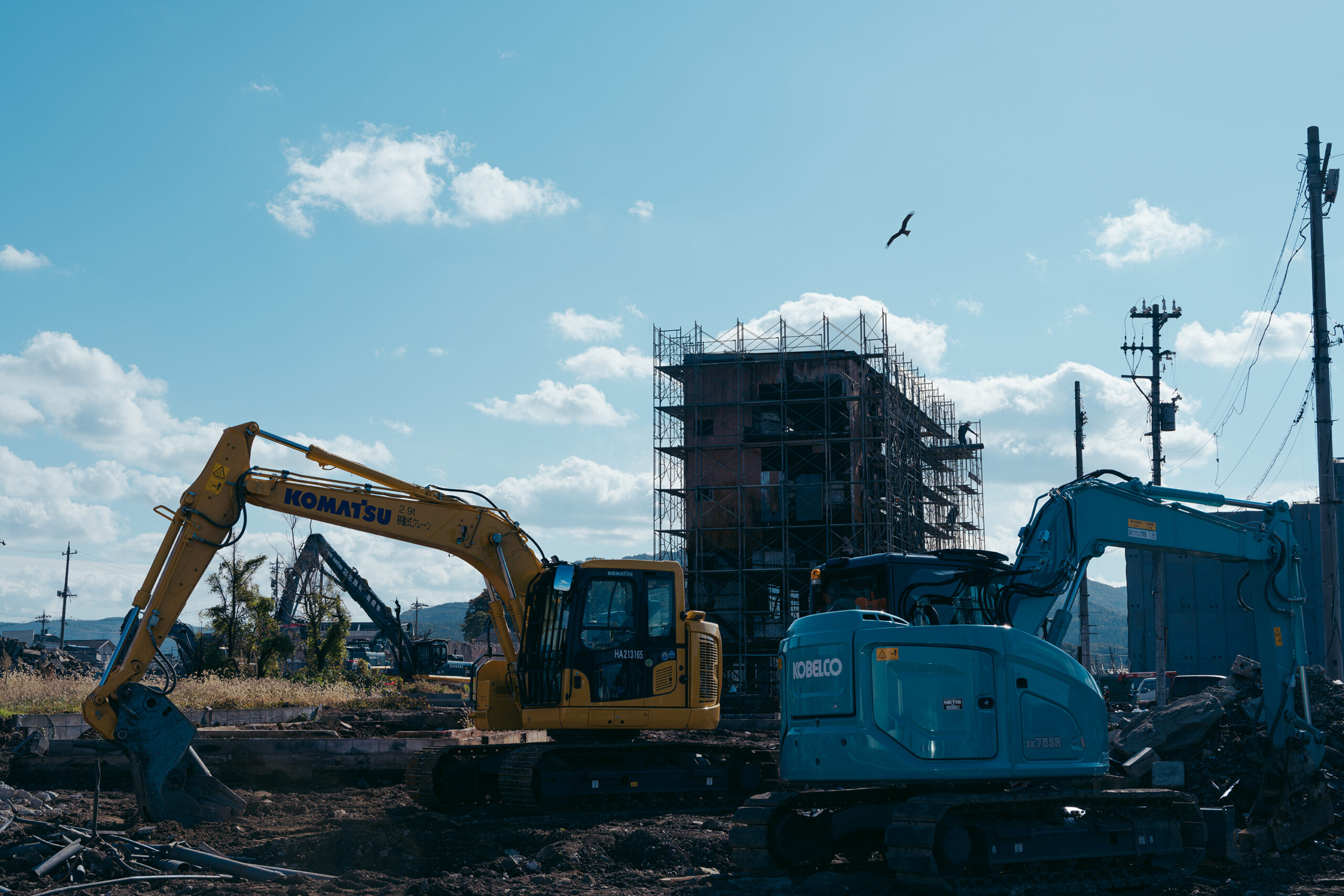
VOL.1
Update
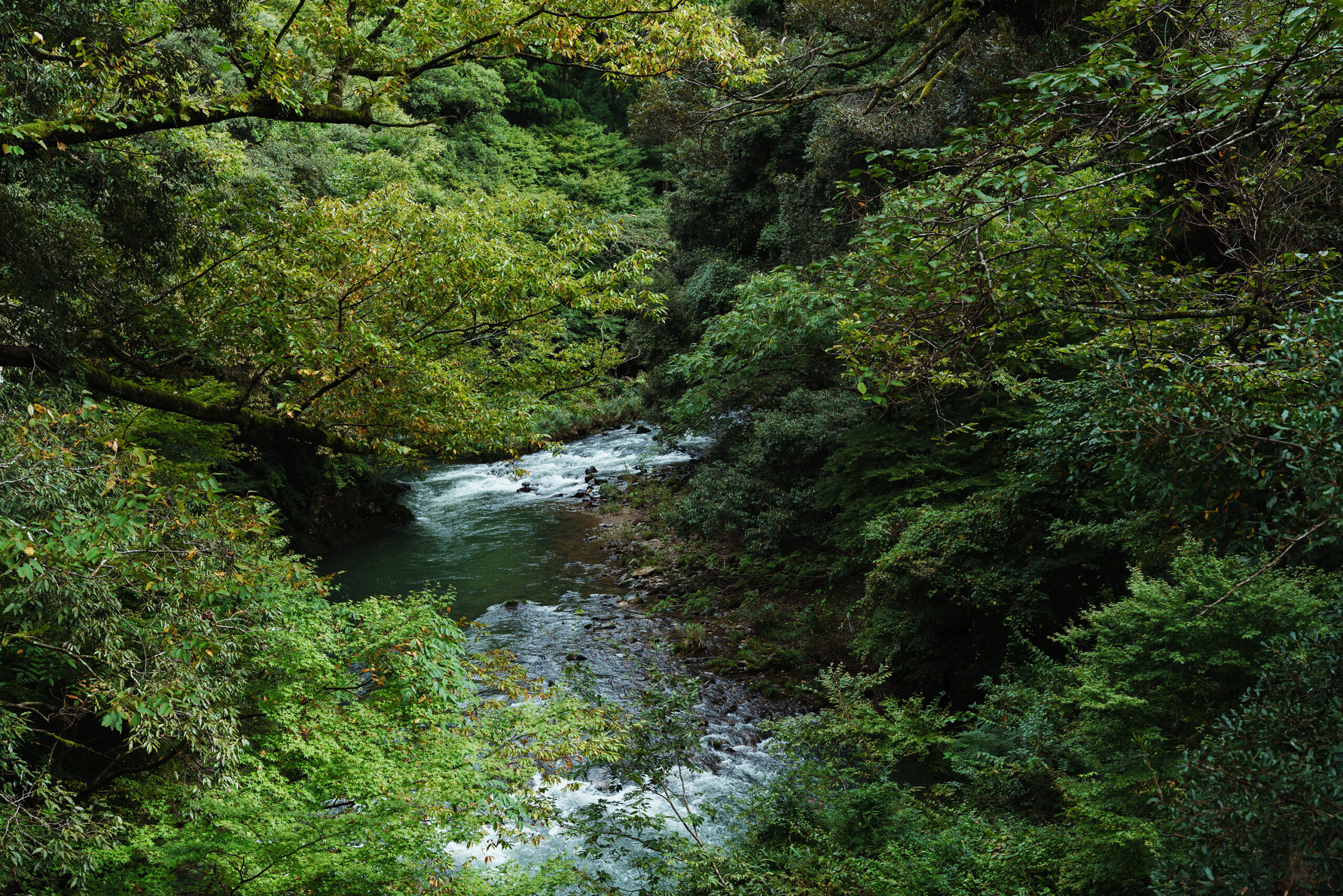
VOL.1-7
Update
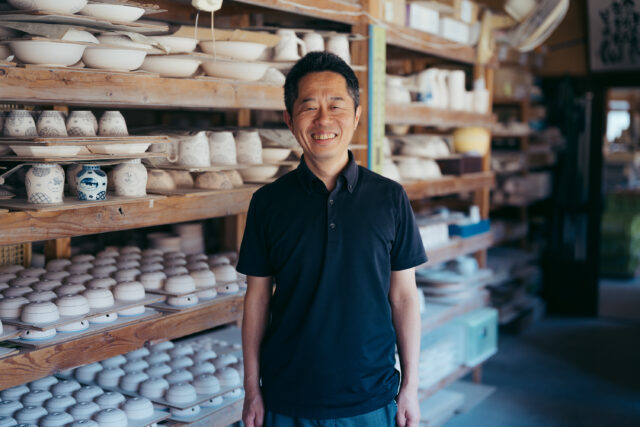
VOL.1-32
Update
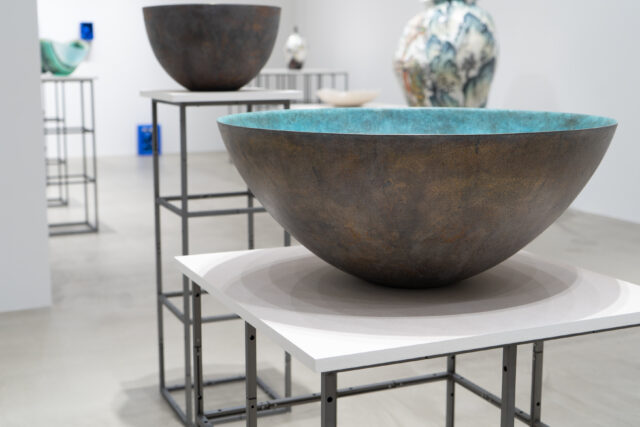
VOL.1-26
Update
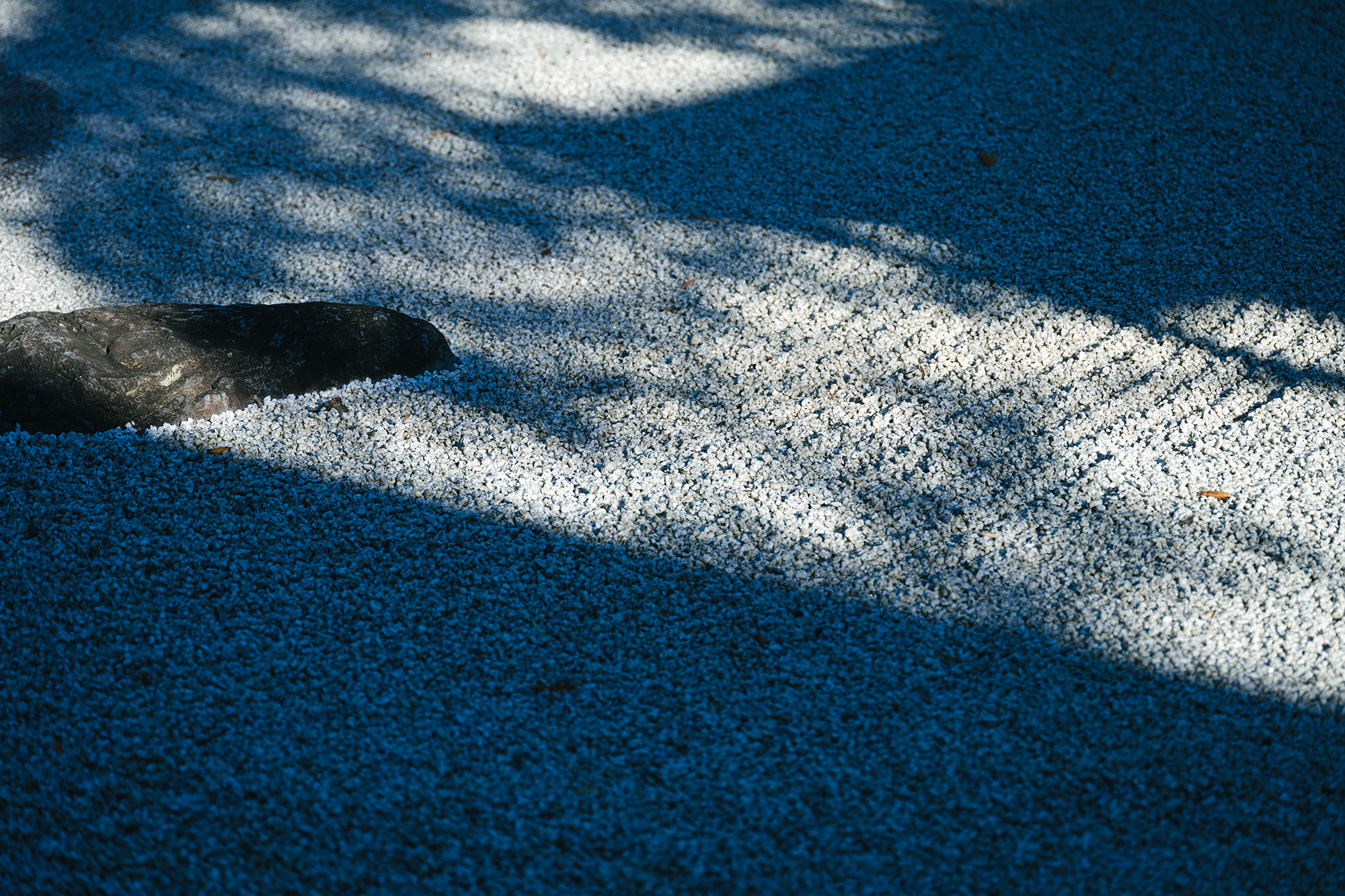
VOL.1-12
Update
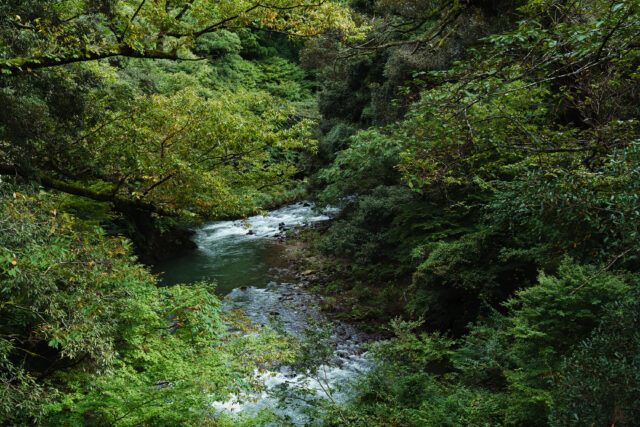
VOL.1-3
Update
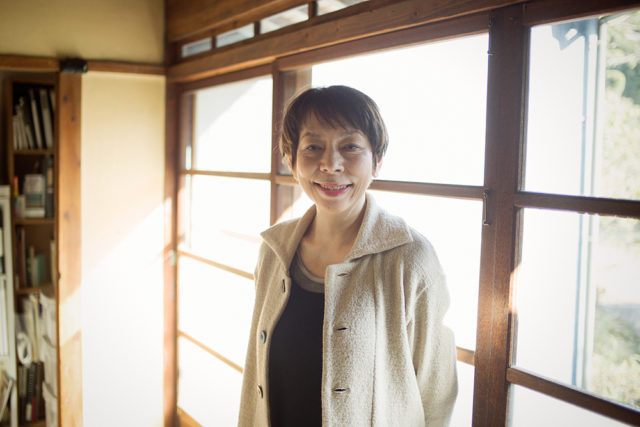
VOL.1
Update
We share a variety of information and perspectives on Japanese crafts, including exhibition information and interviews.
KOGEI Topics VOL.19
New Products VOL.17
Featured Exhibitions & Events VOL.43
KOGEI Topics VOL.18
Apr 5 – Jun 22, 2025
SEIKADO BUNKO ART MUSEUM
Apr 8 – May 6, 2025
The Gotoh Museum
Apr 11 – Jun 15, 2025
Kyoto City KYOCERA Museum of Art
Apr 12 – Jun 29, 2025
TOGURI MUSEUM OF ART

The luster of the lacquer applied layer upon layer, and the splendid and opulent decoration of chinkin and maki-e. Traditional Wajima lacquerware is not only known for its beauty but is incredibly practical in everyday use as well. Taya Shikki has been a dedicated nushi-ya, or workshop of lacquer artisans, specializing in the process of applying lacquer in the production of Wajima lacquerware for generations since the Edo period (1603-1868). In 1988, the then president, Tsutomu Taya, incorporated the company, and expanded its sales channels to include restaurants and department stores. Subsequently, the previous president, Akihiro, ventured into the realms of cultural heritage restoration and online businesses. Now, the current president, Takahiro, is actively engaged in overseas exports and the development of private brands. Through the collective efforts of these three generations, although sometimes conflicting in opinion, each one has striven to convey the allure of Wajima lacquerware from their own unique perspective.
Taya Shikki excels in bespoke craftsmanship, particularly in creating made-to-order items that respond to the user’s requests. Conscientiously responding to even the most difficult requests, they deliver products that are meticulously crafted down to the most subtle details, even to the smoothness with which water flows from a spout or the pleasing feel of a bowl’s rim. Additionally, Taya Shikki leverages a technique known as “bokashi,” which showcases the beauty of gradients and a rich variety of colors. They also offer restoration services for items like bowls and furniture, supporting users in the long-lasting enjoyment of Wajima lacquerware. In recent years, Takahiro has initiated efforts to gradually familiarize people with Wajima lacquerware. Exploring rental services for Wajima lacquerware and a restaurant business that serves Wajima lacquerware, he is also keenly developing a strategy to promote Wajima lacquerware overseas. Takahiro emphasizes, “Each region abroad has its own deeply-rooted culture. So, instead of just exporting Japanese Wajima lacquerware as it is, I want to sell lacquer-coated items that people in those regions will use in their daily lives, something localized.” Lacquer-coated items are comfortable to hold, offer a pleasant texture, and are hygienic due to their antibacterial properties. This approach is a convincing way to convey the allure of lacquerware in a way that will be easily accepted by users.
In Wajima, it is common to see a division of labor, with artisans specializing in different steps in the process coming together to quietly create a single piece of Wajima lacquerware. Takahiro describes this as a distinctly Japanese approach to craftsmanship, where the way that artisans work steadfastly without compromising on quality is what is so cool about them. “Wajima lacquerware is something that can only be made by hand. It requires fine adjustments that reflect the climate conditions of the day, the properties of the lacquer, and the shape of the item being made. Since it is not something that can be converted into data, it’s not an area where AI can take over. This is where I feel the future is very promising. Wajima lacquerware is created with the user in mind, crafted with care and dedication. That’s why when you touch it, you can somehow feel the thoughts of the creator. In a world focused ever more on efficiency and convenience, where the warmth of human touch is often lost, we believe our products can endure,” says Takahiro. Wajima lacquerware, a traditional craft passed down for over 200 years, carries on because, despite the evolution of civilization and societal changes, people continue to admire and cherish things made by human hands.
Taya Shikki experienced significant damage in the Noto Peninsula Earthquake on January 1, 2024, with their workshops and offices completely destroyed, and a gallery under construction burned down. Despite this, they are determined to rebuild and plan to resume operations soon by establishing a temporary workshop in Wajima. Takahiro expresses a strong commitment not only to the revival of his company but also to uplift Wajima, which has been severely affected. He has launched a crowdfunding campaign to raise reconstruction funds not only for his business but for the entire Wajima lacquerware industry. Takahiro’s positive attitude and determination to contribute to the recovery of Wajima, especially during these challenging times, will undoubtedly inspire the local community.
Related information
Crowdfunding website: https://readyfor.jp/projects/tayashikki/announcements/304684
* The photos in this article were taken in November 2023. We would like to express our heartfelt sympathies to those who were affected by the Noto Peninsula Earthquake in January 2024.
